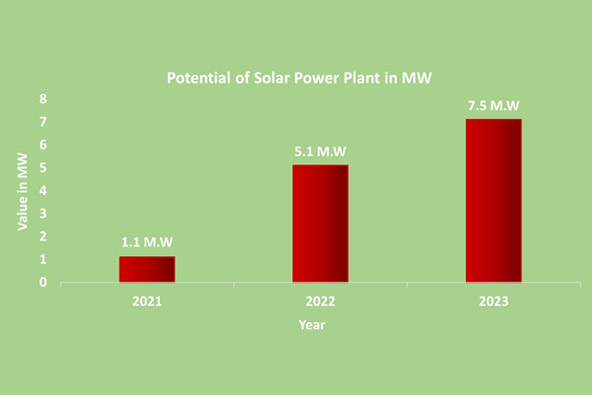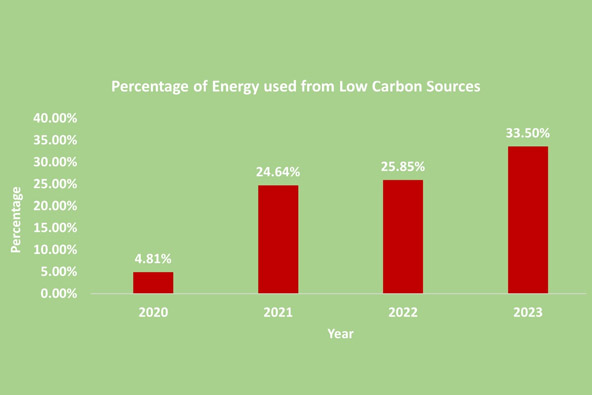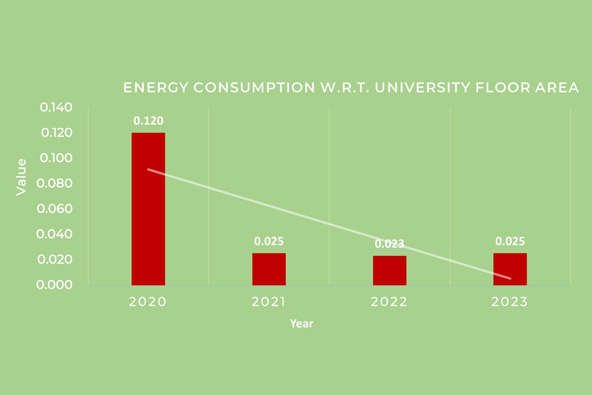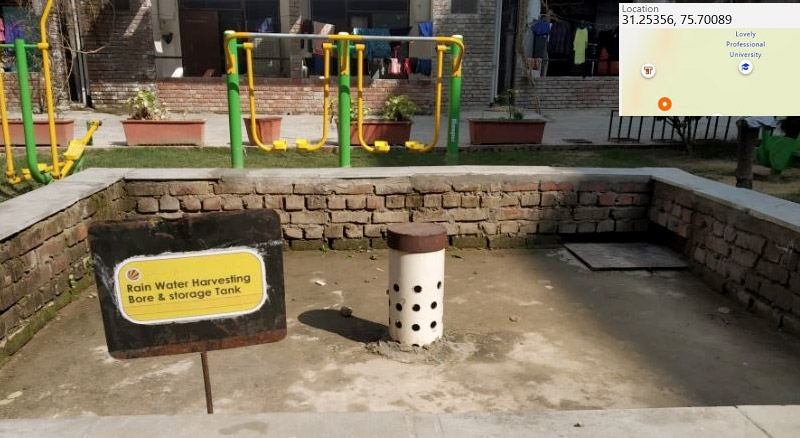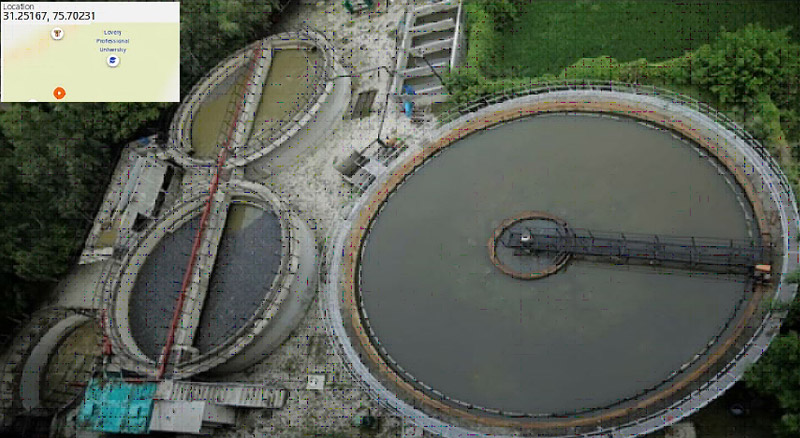Carbon Energy Tracking
Measuring and tracking low carbon energy usage in a university involves several steps to understand the institution's energy consumption, identify areas for improvement, and set targets for reducing carbon emissions. LPU is consistently monitoring and improving low carbon energy tracking efforts, and making meaningful progress toward reducing its carbon footprint and contributing to a more sustainable future. The University's dedication to adhering to guidelines aligns with the United Nations' sustainable development objectives. It is noteworthy that in 2018, the University installed a rooftop solar PV plant with a capacity of 1.1 MW. Presently, the university boasts a total installed solar power capacity of 7.5 MW.
| Sr No. | Month | Solar 100 kW power generation (in kWh) | Solar 01 MW power generation (in kWh) | Solar 2.097 MW power generation (in kWh) |
|---|---|---|---|---|
| 1 | Jan.2023 | 5803 | 51576 | - |
| 2 | Feb.2023 | 9775 | 86354 | - |
| 3 | March.2023 | 11564 | 94527 | - |
| 4 | April.2023 | 11432 | 121968 | - |
| 5 | May.2023 | 12577 | 115496.00 | - |
| 6 | June.2023 | 12707.4 | 95033 | - |
| 7 | July.2023 | 9919.9 | 46160 | - |
| 8 | Aug.2023 | 10624 | 83993 | 268926.9 |
| 9 | Sept.2023 | 11451 | - | 246367.2 |
| 10 | Oct.2023 | 9614 | 135730 | 202404.4 |
| 11 | Nov.2023 | 7915 | - | 107623 |
| 12 | Dec.2023 | 4124 | - | 118448 |
Total Energy generated/consumed from solar panel = 1892113 kWh
A gigajoule (GJ) is the equivalent to 1 billion joules. A joule is a measure of the energy required to send an electrical current of one ampere through a resistance of one ohm for one second. One GJ is equal to 277.8 kilowatt hours (kWh), 1.055 million British thermal units (Btu) or 0.17 barrels of oil.
Total Energy generated/consumed from solar panel = 1892113/277.8 Gigajoule
Total Energy generated/consumed from solar panel =6811.1 Gigajoule
Total Energy generated/consumed from solar panel =6811.1 Gigajoule
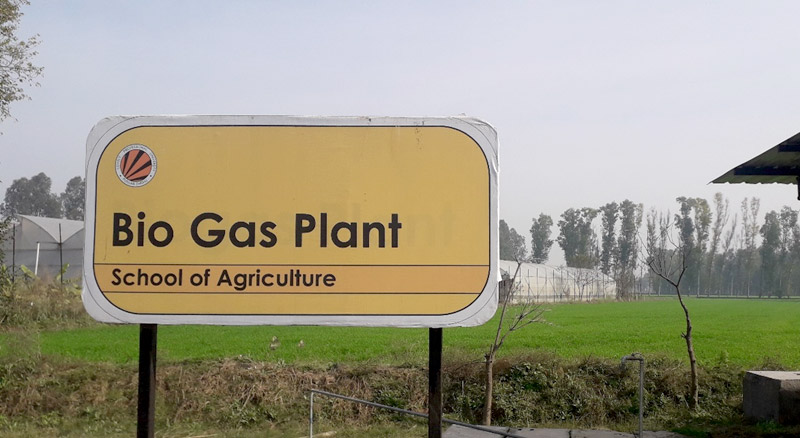
Not only has the university lowered the total power use from the conventional resources, but it has also boosted the university’s renewable generation. From the graph below it was observed that the percentage of Energy Produced from low carbon resources with respect to the total energy production is increasing from the previous years.
